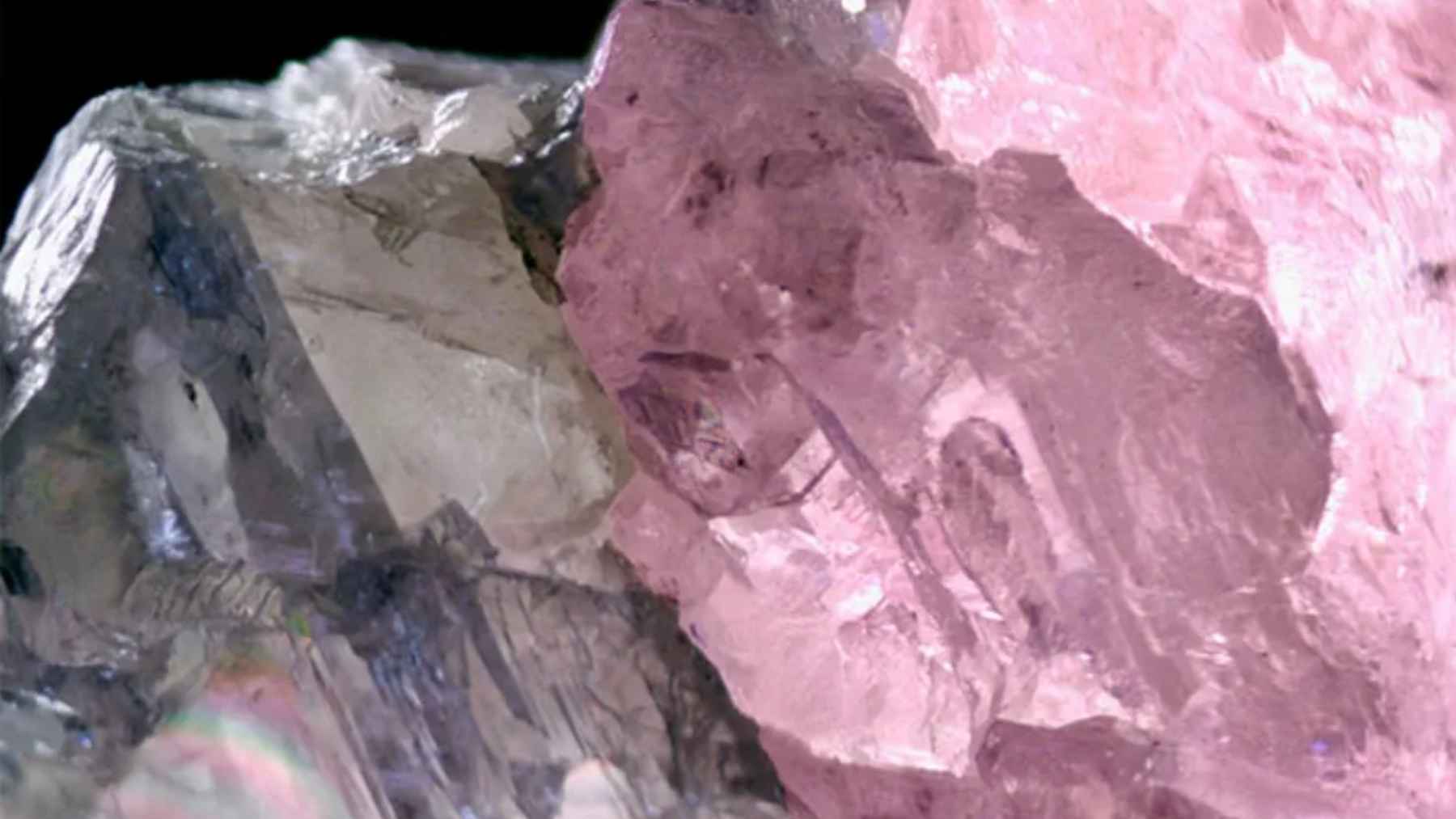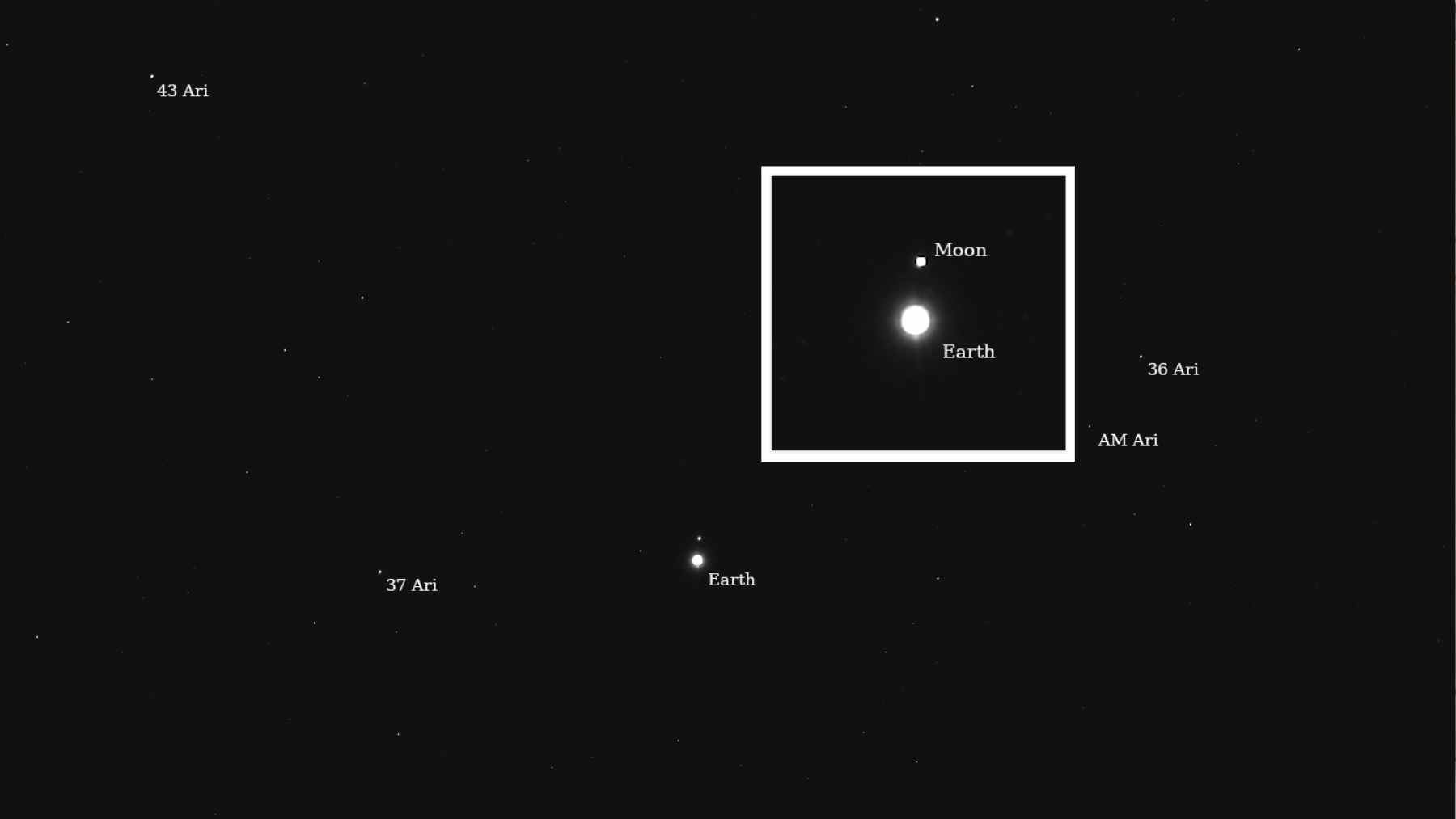Solar panels have been part of our reality when it comes to renewable energy for a long time. However, this hasn’t stopped new technologies from emerging to the extent that a new protagonist has just entered the scene. In fact, it promises to redefine everything we know about solar panels: we’re talking about the diamond solar cell. That’s right, for the first time in history, scientists have revealed a working prototype made with doped synthetic diamond, a material that is as rare in solar engineering as it is promising. And best of all, the first tests have already been very clear: the cell is incredibly bright, resistant, and powerful.
Diamonds are no longer just a luxury item
The first thing we need to keep in mind when we talk about diamond solar cells is that diamonds have always been seen as symbols of luxury, but now they are taking on a somewhat different role: as conductors of the next generation of clean energy. This is because, unlike silicon, diamonds have these three impressive technical properties:
- Ultra-fast thermal conductivity: This means that it dissipates heat very efficiently, preventing the solar cell from overheating and increasing its durability.
- High electron mobility: The electrons generated by sunlight are transported at a higher speed, which increases the cell’s performance.
- Ultra-wide bandgap: The cell can capture a wider range of the solar spectrum, including ultraviolet radiation that is normally wasted in traditional technologies.
The most impressive thing is that all of this is possible with a material that can be synthesized directly from thin air using the chemical vapor deposition (CVD) process. Quite simply, what was once a laboratory part is now becoming a viable component for next-generation solar panels.
Diamond solar cell: how does it work?
Now that we have a better understanding of how this diamond solar cell works, we need to delve into the technology behind the cell, which is as fascinating as it is effective. The process begins with a mixture of methane and atmospheric CO₂, which is placed in a vacuum chamber. Then, using heat or microwaves, this mixture is broken down, and the carbon atoms are rearranged to form very thin layers of diamond on a conductive substrate.
It is worth noting that this process is not only less polluting than silicon manufacturing (as well as that impossible material that made solar panels work strangely), but it also transforms greenhouse gases into useful technological components, an advance that combines sustainability, innovation, and carbon reuse.
In addition, companies such as CSMH are already advancing in the production stages, developing doped diamond substrates that serve as the basis for high-performance solar devices. These substrates are capable of withstanding extreme stresses and temperatures, expanding the possibilities for application, including in satellites, deserts, and industrial environments.
What to expect from the diamond solar cell?
Okay, so what can we expect from this new cell? Well, diamond solar panels haven’t actually hit the shelves yet, but what has been tested so far indicates that they could be even more efficient than the best perovskite cells available today. In other words, we could generate more energy with less space, making solar systems more compact, powerful, and affordable.
Of course, we still have some challenges ahead, such as the cost of manufacturing synthetic diamonds on a large scale. However, once these are overcome, we will be facing a leap equivalent to the LED revolution in lighting. And it doesn’t stop there. This is because the production of diamonds using atmospheric gases could transform a climate problem into an energy raw material, redefining the role of carbon in the global matrix. It seems that now is the time for diamonds; it is no wonder that scientists have created the most valuable gemstone in history: a sunlight-made diamond.















